How Can You Prepare Your Trees for Extreme Weather
- September 19, 2024
- 0 comment
Preparing your trees for extreme weather conditions is crucial for their health and longevity. By taking proactive steps, you can minimize damage and ensure that your trees withstand harsh elements like heavy storms, strong winds, and intense heat. We’ll cover essential tips and techniques for safeguarding your trees, from proper pruning practices to soil management strategies, helping you keep your landscape resilient in the face of unpredictable weather.
The Importance of Tree Preparation
Preparing your trees for extreme weather conditions is essential for more than just preventing immediate damage; it’s crucial for their long-term health and stability. By investing time and effort into tree care, you can significantly reduce the likelihood of structural damage, such as broken branches or uprooted trees, which can result from high winds, heavy snow, or severe storms. This proactive approach not only protects your trees but also helps maintain the overall safety of your landscape and property.
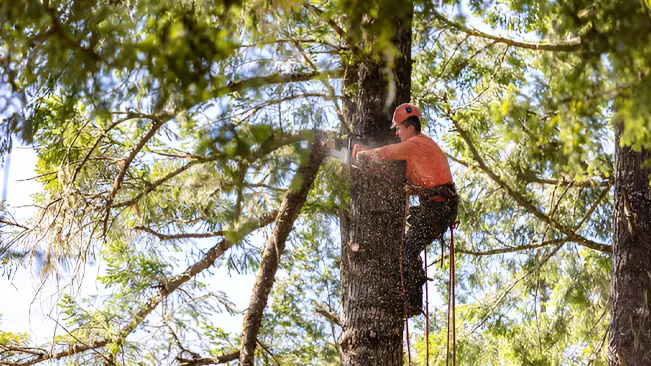
Effective tree preparation involves a combination of ongoing maintenance and timely interventions. Regular pruning to remove weak or dead branches, proper soil management to ensure stability, and appropriate watering and mulching techniques all contribute to a tree’s resilience. By addressing these aspects, you can enhance your trees’ natural ability to withstand extreme conditions and recover more swiftly after adverse weather events, ensuring their health and beauty for years to come.
5 Strategies for Preparing Your Trees
1. Regular Pruning and Trimming
Regular pruning and trimming are vital for maintaining the structural integrity and health of your trees. By removing dead, weak, or overgrown branches, you reduce the risk of breakage during storms and high winds. Proper pruning also helps to improve the tree’s overall shape, which can prevent branches from interfering with structures or power lines.

Additionally, removing diseased or infested branches can prevent the spread of illness and pests. It’s essential to follow best practices for pruning, such as making clean cuts and avoiding excessive removal, to ensure that your tree remains healthy and resilient.
2. Stump Removal and Stump Grinding
Stump removal and grinding are important steps in managing the health and safety of your landscape. Leftover stumps from removed trees can pose risks, such as becoming a breeding ground for pests or causing tripping hazards. Stump grinding, which involves using a machine to grind the stump down below ground level, eliminates these risks and prevents the stump from regrowing.
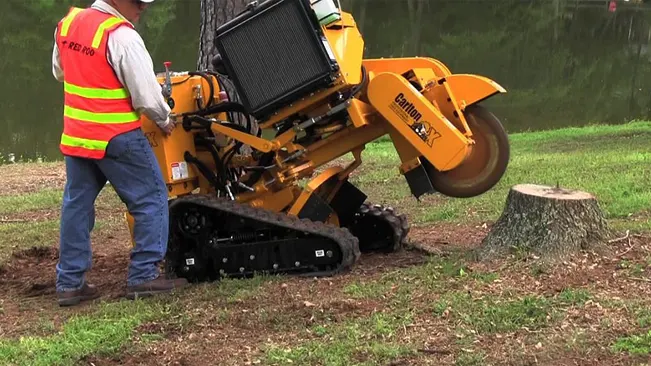
Additionally, removing stumps helps to improve the overall appearance of your garden and makes space for new plantings or landscaping features. Properly addressing stumps is a key part of maintaining a safe and attractive outdoor environment.
3. Tree Reduction and Structural Support
Tree reduction and structural support are strategies used to manage large or mature trees that may pose a risk during extreme weather. Tree reduction involves selectively reducing the size of the tree’s canopy to decrease wind resistance and reduce the likelihood of limb breakage. This technique is particularly useful for trees that have outgrown their space or have become top-heavy.
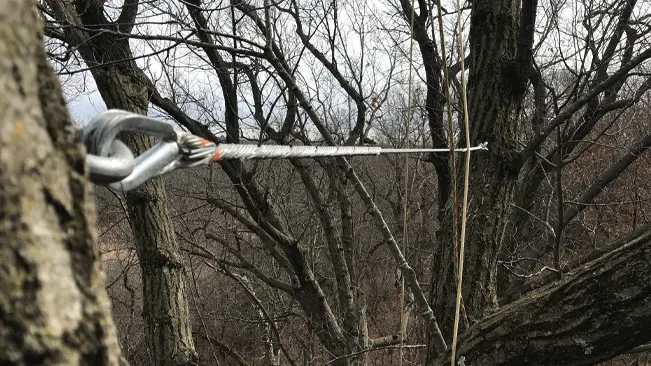
Structural support, such as cabling or bracing, can also be employed to stabilize weak branches or trunks. These methods enhance the tree’s ability to withstand storms and high winds while preserving its overall health and appearance.
4. Hedge Trimming and Maintenance
Hedge trimming and maintenance play a crucial role in managing the health and appearance of hedges and shrubs. Regular trimming helps to maintain the desired shape and size of hedges, which can prevent them from becoming overly dense or unruly. Dense hedges are more susceptible to wind damage and can create wind tunnels that exacerbate storm impacts.
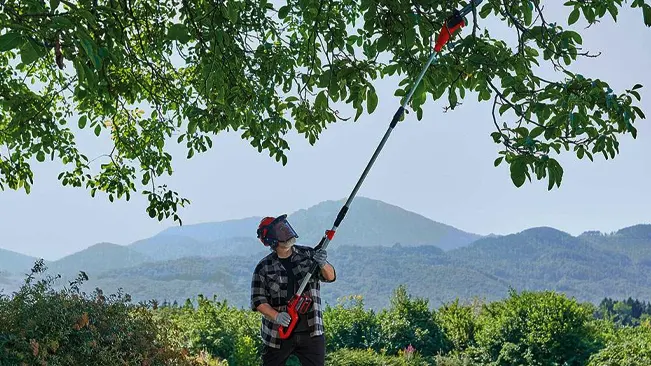
Additionally, proper maintenance includes checking for pests or diseases and addressing any issues promptly. By keeping hedges well-trimmed and healthy, you ensure they contribute positively to your landscape’s resilience and aesthetics.
5. Soil and Root Health
Soil and root health are fundamental to the overall well-being of your trees. Healthy soil provides the necessary nutrients and support for strong root development, which in turn supports the tree’s stability and growth. Improving soil health involves practices such as adding organic matter, ensuring proper drainage, and avoiding compaction.
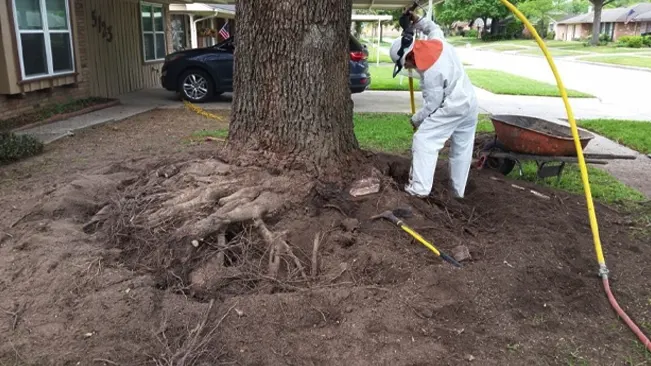
Additionally, protecting the root zone from damage during construction or heavy traffic is crucial. Ensuring that roots have adequate space and access to water can prevent issues like uprooting or instability during extreme weather conditions. By prioritizing soil and root health, you enhance the tree’s ability to withstand environmental stress and maintain its vitality.
Innovations in Tree Maintenance
Advanced Tree Monitoring Systems
Advanced tree monitoring systems are revolutionizing how we assess tree health and stability. These systems use a combination of sensors, data analytics, and real-time monitoring to provide comprehensive insights into the condition of trees. Sensors can measure factors such as moisture levels, temperature, and structural stress, while data analytics processes this information to identify potential issues before they become serious problems.
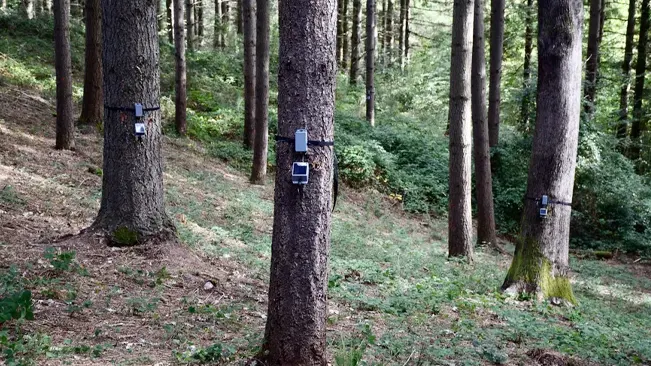
For example, early warnings about changes in trunk movement or root health can help prevent tree failure or damage. By integrating these advanced technologies, arborists can make informed decisions about maintenance and interventions, ultimately enhancing the longevity and safety of trees.
Drones for Aerial Inspections
Drones have become invaluable tools for tree inspections, offering a bird’s-eye view that was previously difficult to obtain. Equipped with high-resolution cameras and sometimes even thermal imaging, drones can capture detailed images of tree canopies, allowing professionals to assess their health from above. This aerial perspective helps in identifying issues such as canopy damage, pest infestations, or disease spread that might be missed from the ground.
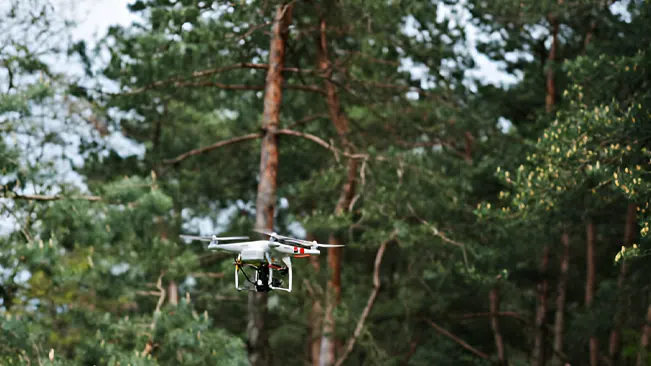
Drones also facilitate quicker and safer inspections of large or difficult-to-reach trees, reducing the need for scaffolding or climbing equipment. By providing comprehensive visual data, drones enhance the accuracy of assessments and the effectiveness of tree management strategies.
Precision Pruning Tools
Precision pruning tools represent a significant advancement in the field of arboriculture, offering more control and efficiency in tree maintenance. These tools include specialized pruning saws, shears, and even automated systems designed to make precise cuts with minimal damage to the tree. Innovations in blade design, ergonomics, and cutting mechanisms ensure cleaner cuts, which help in reducing the risk of disease and promoting faster healing.
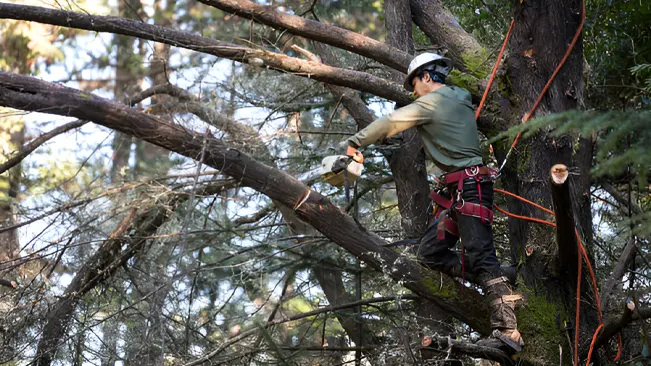
Additionally, some tools feature adjustable settings that allow for tailored pruning based on the specific needs of different tree species and conditions. By using precision tools, arborists can achieve more accurate pruning results, improving the overall health and aesthetic of trees while minimizing unnecessary stress or harm.
Conclusion
Preparing your trees for extreme weather conditions is an essential step in safeguarding their health and ensuring their resilience. By implementing strategies such as regular pruning, stump removal, and enhancing soil and root health, you can significantly reduce the risk of damage from storms and severe weather. Supporting and stabilizing trees, as well as maintaining hedges, also plays a crucial role in protecting your landscape. Embracing innovations like advanced monitoring systems, drones for inspections, and precision pruning tools can further enhance your ability to manage and care for your trees effectively. With proactive preparation and the right tools, you can help your trees weather the storm and continue to thrive for years to come.
FAQs
- Why is it important to prepare trees for extreme weather?
Preparing trees for extreme weather helps prevent damage, ensures their stability, and promotes their long-term health. Proper preparation can reduce the risk of broken branches, uprooted trees, and other structural failures, ultimately safeguarding your landscape and property. - How often should I prune my trees to prepare them for storms?
Regular pruning should be done annually or as needed to remove dead or weak branches and maintain the tree’s shape. However, more frequent inspections and selective pruning may be necessary before storm seasons to address any immediate issues and enhance the tree’s resilience. - What is the best way to support a large or mature tree?
For large or mature trees, using tree supports such as stakes or cabling can help stabilize weak branches or trunks. It’s essential to use the correct type of support and install it properly to avoid causing additional stress to the tree. Consulting with an arborist can ensure that the support system is appropriate for your specific tree. - How can I improve soil health for better tree stability?
Improving soil health involves practices such as adding organic matter, ensuring proper drainage, and avoiding soil compaction. Regularly aerating the soil and checking for proper moisture levels can also help maintain a healthy root system, which contributes to the tree’s stability during extreme weather. - What are the benefits of using drones for tree inspections?
Drones provide detailed aerial views of tree canopies, making it easier to identify problem areas such as damaged branches or pest infestations. They offer a safe and efficient way to inspect large or difficult-to-reach trees, reducing the need for climbing or scaffolding and improving the accuracy of assessments. - How does precision pruning differ from regular pruning?
Precision pruning uses specialized tools and techniques to make more accurate cuts with minimal damage to the tree. This approach helps reduce the risk of disease and promotes faster healing. It allows for targeted interventions based on the specific needs of different tree species and conditions. - When should I remove or grind tree stumps?
Stump removal or grinding should be considered after a tree has been removed to eliminate potential hazards and improve the appearance of your landscape. It also helps prevent issues such as pest infestations and regrowth of the stump, allowing for safer and more effective use of the area. - How can I protect tree bark and roots during extreme weather?
Protecting tree bark can involve using tree wraps or shields to prevent damage from wind, ice, or sun. For roots, ensuring proper soil moisture and avoiding heavy traffic around the root zone can help maintain their health and stability. Regular inspections can also help identify and address any issues promptly. - What role does mulch play in preparing trees for extreme weather?
Mulch helps retain soil moisture, regulate soil temperature, and reduce competition from weeds. Applying mulch around the base of trees can improve their overall health and resilience, making them better equipped to handle extreme weather conditions. However, it’s important to apply mulch correctly to avoid issues such as moisture retention that could lead to root rot. - How can advanced tree monitoring systems benefit tree care?
Advanced tree monitoring systems use sensors and data analytics to track tree health and stability in real-time. These systems provide early warnings of potential issues such as structural stress or disease, allowing for timely interventions and informed decision-making to maintain tree health and prevent damage.

Joel Cunningham
Forestry AuthorI'm Joel Cunningham, an expert in pruning and weed management with over a decade of experience. My skills are rooted in formal training and extensive practice, focusing on advanced pruning techniques and efficient weed control. I'm known for my quality work, precision, and deep understanding of plant health and soil dynamics. My contributions extend to educational initiatives where I share sustainable practices and advice, establishing myself as a reliable and authoritative figure in the gardening community.



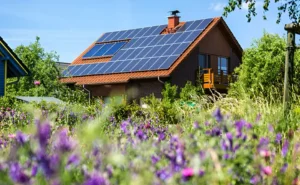
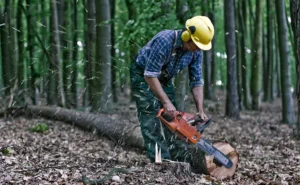








Leave your comment